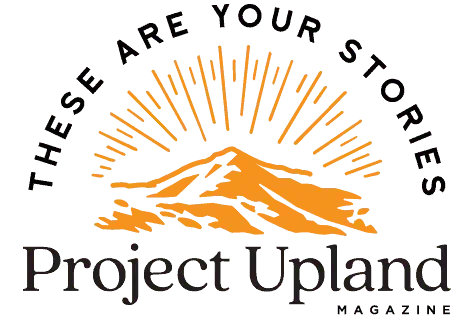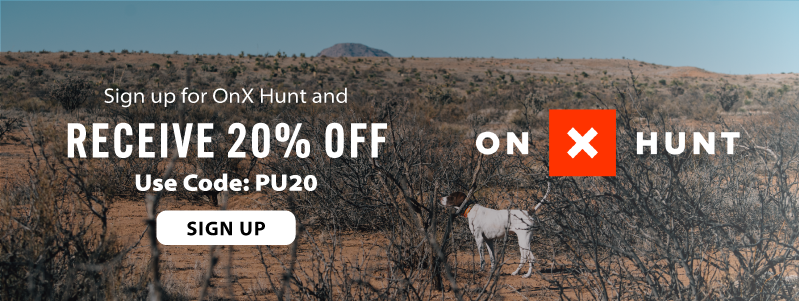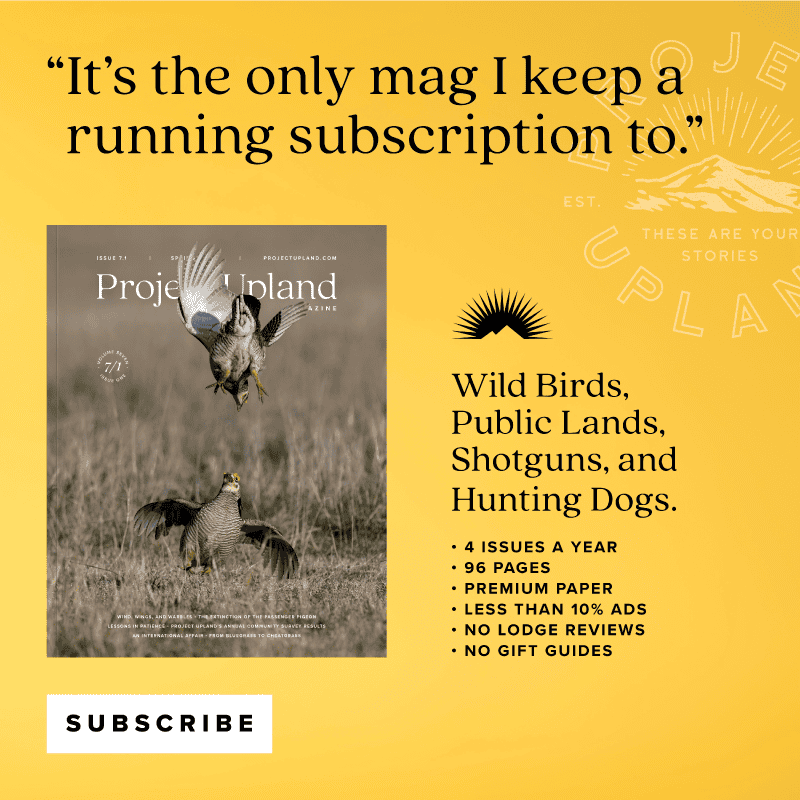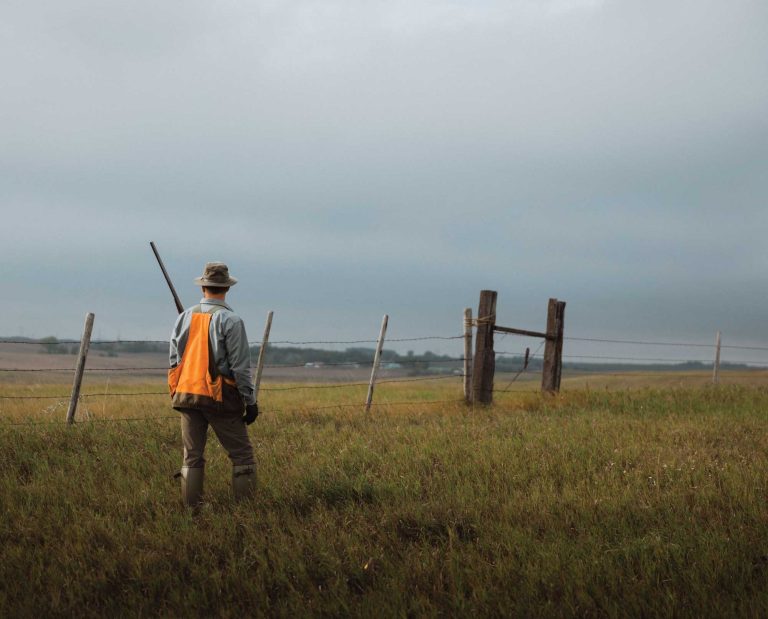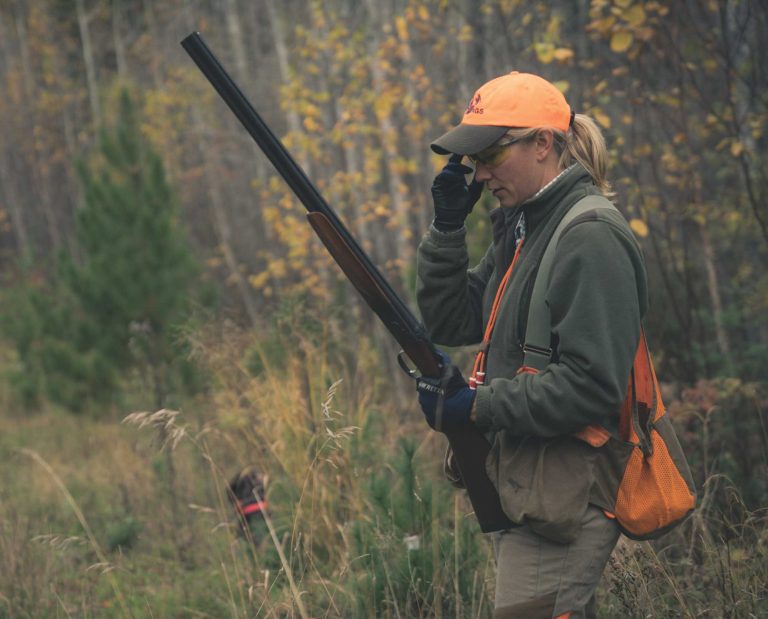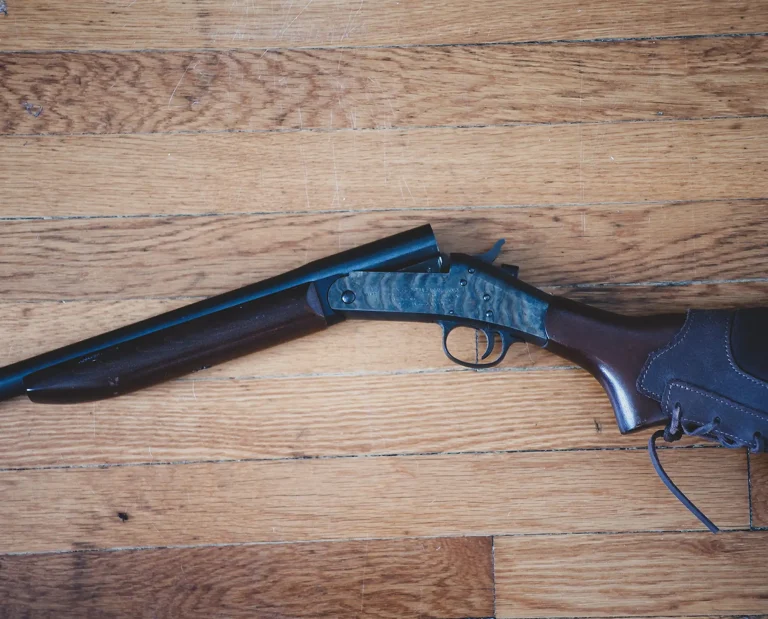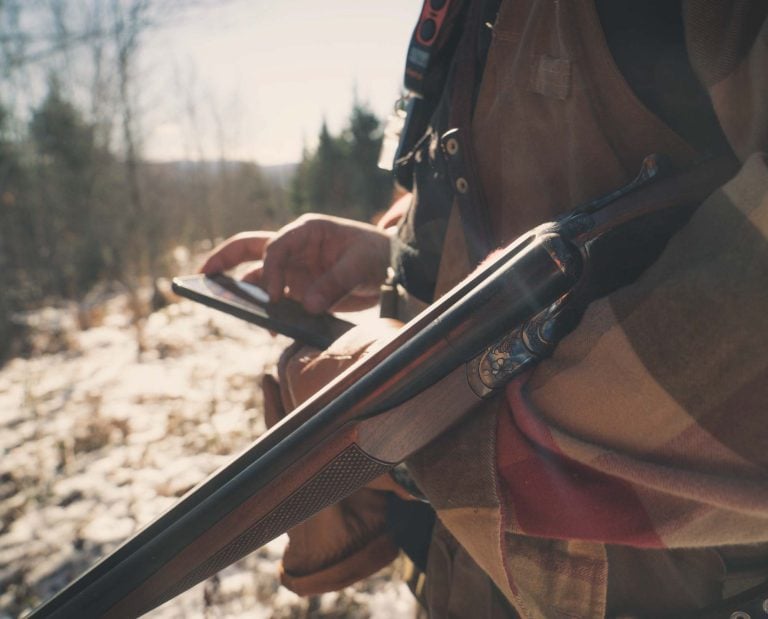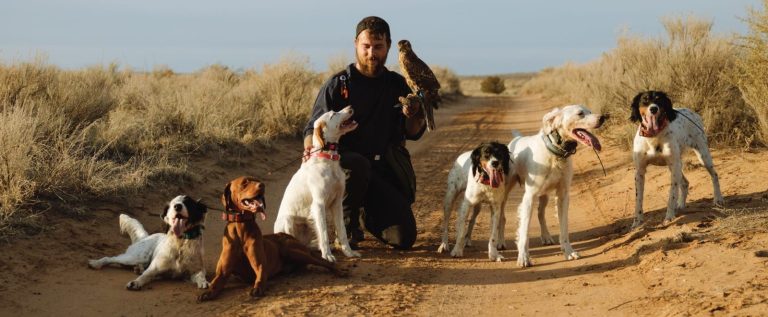Hunter Recruitment: How Bird Hunting is Helping in the R3 Fight

Bird hunting is at the forefront of hunter recruitment in the United States.
Doom and gloom seems to be all headlines lately when it comes to hunter numbers in the United States. The 2016 survey by the U.S. Fish and Wildlife Service put the hunting population at 4.4 percent, or 11.5 million hunters. In 1991, 7.3 percent of the U.S. population hunted, or 14.1 million people. That means we have lost 2.6 million hunters in the past 25 years. But that number becomes even scarier when compared to the U.S. population: it represents about a 40 percent loss in hunters from the overall population and has given birth to the R3 Movement.
READ: What is R3 in Hunting?
So why does it matter?
It matters because the Pittman-Robertson Fund makes up over 60 percent of the budget in the United States for local, state and federal conservation efforts. The money that goes into the Pittman-Robertson is from taxes on firearms, ammunition and archery equipment. When the number of hunters goes down, less revenue is generated and fewer funds are available to help conservation efforts. Add in the fact that states depend on hunting license fees and permits to even be eligible for the Pittman-Robertson and things get even messier.
Why is this happening?
There are certainly a lot of factors at play, but at the core — hunting has major PR problems. As hunters we are pointing fingers in all directions, but the harsh reality is, we only have ourselves to blame. As a culture we have isolated ourselves from the masses. Sure, not all of us, but the image portrayed by the vast majority of the hunting community to non-hunters is nothing to brag about. Our pursuit has become stagnant and we have not evolved with the times. We have dominated our media with a take-it-or-leave-it, one-sided perspective without the appeal of diverse opinions, traditions and backgrounds.
We aren’t talking about selling hunting to hunters here. We are talking about actually reaching new hunters. To even gain the interest of these folks we aren’t just competing against other outdoor pursuits. We are competing for attention as commanding as a Star Wars film release.
In the 2018 National Upland Hunting Survey we recently conducted, we dissected aspects of the perception of hunting, specifically looking into the use of the word “sport” as it pertains to hunting. The word “sport” is defined as “an activity involving physical exertion and skill in which an individual or team competes against another or others for entertainment.”
When we asked the survey respondents their opinion of hunting as “an activity in which an individual competes against another or others for entertainment” over 90 percent of our audience rejected it as a definition of upland hunting with overwhelmingly strong opposition. (Read: The Word Sport in Hunting)
The results painted a clear picture that even our own terminology was working against us. When asked essentially the same question on their opinion/perception of the word “sport” in comparison with the definition, even hunters themselves have an overwhelming distaste for what the word actually implies in regards to hunting. If hunters don’t agree with it, how does someone who has no idea about the history of hunting perceive this notion?
What’s the good news?
The good news is that not all media outlets are afraid of change or set on catering to broken methods of communication. The 2018 National Upland Hunting Survey revealed that Project Upland recorded a 30 percent following of first-generation hunters — that is, a hunter who did not grow up in a hunting family. Add in a 20 percent female following along with innovative age demographics and there IS light at the end of the tunnel. We are also breaking the urban and suburban development myth with a 55 percent following hailing from non-rural communities, proving that urban populations will in fact accept a future with hunters.
By making a strong effort to empower new hunters and inspire them through positive and cutting-edge media, everyone within the Project Upland community is helping to turn the tide on hunter recruitment. And by normalizing women in the outdoors, accepting new ideology in outdoor pursuits, and making all people feel accepted, the upland community is leading the race to save hunting.
What will the hunting population look like in the future?
There is no secret that in the future, hunting populations in the United States will look far different than they do today. Trends point towards a greater concentration of women, higher participation from urban dwellers, increased minority representation, and the hidden gem – an increase in small game hunting. One only need look at past data where in the 1980s there were twice as many small game hunters as big game hunters in the United States. Today the opposite is true.
Many believe the scales are going to tip back towards greater interest in small game hunting with the influx of first generation hunters. Many cite the “repeatably” of small game hunting as well as the higher chances of success and lower barriers of meat processing and handling.
Add in the impact of a recent study about using bird dogs in R3 as an effective method for garnering interests in hunting and we begin to see an even more promising picture of how bird hunting will effectively change the future landscape of hunting.
What can we all do to help?
Many have said it before: if we all took it upon ourselves to mentor just one new hunter from start to finish, we could solve this issue inside of this decade. We ask our community to continue putting the future of hunting as a top priority to make sure that we do in fact save the pursuit we all love so much.
It is important to know that as we grow our numbers, we will grow our voice and more importantly, our acceptance. That acceptance will lead to more awareness, more habitat, more access, more hunters and ultimately, the continuation of the North American Model of Wildlife Conservation.
We as a community have made the commitment to inspire as many new hunters as we can, and it’s working. We will continue to provide anyone with interest as many tools as we are able to help advance their abilities to stay with hunting. We will continue to point them in the direction of state agencies and non-profits. As a community, we will continue to make upland hunting a model example of hunter recruitment in the 21st century.
